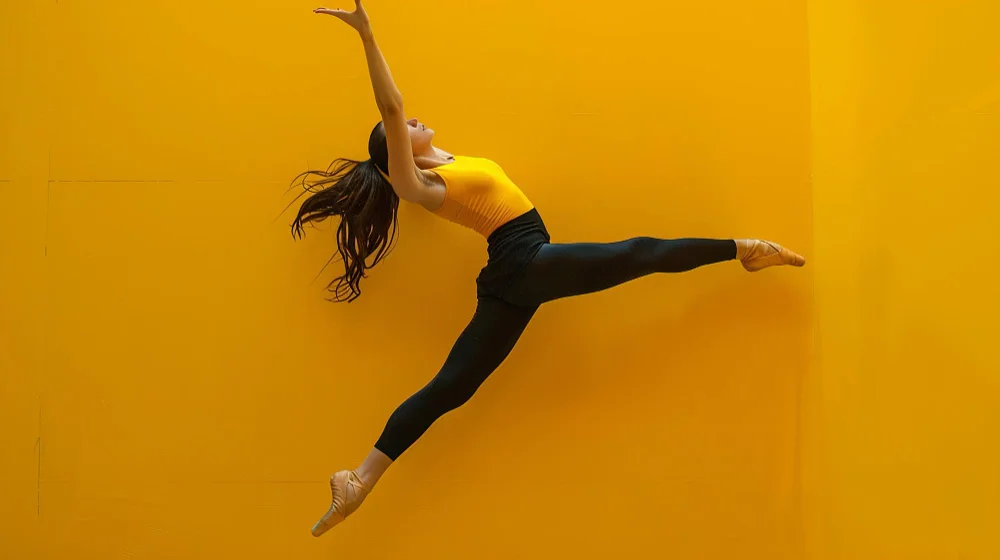Acrobatics is a thrilling and dynamic form of physical performance that captivates audiences worldwide. From ancient times to modern stages, acrobatics has evolved into a diverse and exciting discipline. In this article, we’ll delve into the rich history, various types, training requirements, safety measures, and the numerous benefits of acrobatics. Whether you’re an aspiring acrobat or a curious spectator, there’s something fascinating for everyone.
History of Acrobatics
Ancient Origins
Acrobatics dates back thousands of years, with its roots in ancient civilizations such as Egypt, China, and Greece. Early records depict acrobats performing at royal courts and public festivals, showcasing incredible feats of balance and strength.
Evolution Through the Ages
As acrobatics spread across the world, it evolved into various forms, influenced by local cultures and traditions. In medieval Europe, acrobats were common entertainers at fairs and markets, while in Asia, acrobatics became a revered art form, integral to traditional performances.
Modern Acrobatics
Today, acrobatics has transformed into a sophisticated and varied discipline, often seen in contemporary circuses, theater productions, and competitive sports. Shows like Cirque du Soleil have brought acrobatics to a global audience, blending it with music, dance, and storytelling.
Types of Acrobatics
Floor Acrobatics
Floor acrobatics involves performing routines on the ground, such as flips, rolls, and handstands. This type is commonly seen in gymnastics and dance.
Aerial Acrobatics
Aerial acrobatics uses apparatus like trapeze, silks, and hoops to perform mid-air stunts. This form requires significant upper body strength and agility.
Partner and Group Acrobatics
Partner and group acrobatics involve multiple performers working together to create complex shapes and movements, relying heavily on teamwork and trust.
Training for Acrobatics
Physical Conditioning
Training for acrobatics starts with building a strong physical foundation. This includes cardiovascular exercises, weight training, and specific drills to enhance core strength.
Flexibility and Strength Training
Acrobats need exceptional flexibility and strength. Stretching routines and targeted exercises help improve these areas, enabling performers to execute demanding moves safely.
Practice and Repetition
Mastering acrobatics requires consistent practice. Repetition helps refine techniques and build muscle memory, essential for performing complex routines seamlessly.
Safety in Acrobatics
Importance of Safety Measures
Safety is paramount in acrobatics. Proper training, supervision, and adherence to safety protocols are crucial to prevent injuries.
Common Injuries and Prevention
Sprains, strains, and fractures are common injuries in acrobatics. Warm-ups, proper technique, and using safety equipment like mats can reduce the risk.
Safety Gear and Equipment
Safety gear, including harnesses and padding, plays a vital role in protecting acrobats during training and performances. Investing in quality equipment is non-negotiable.
Famous Acrobatics Shows and Performers
Cirque du Soleil
Cirque du Soleil is synonymous with acrobatic excellence, blending jaw-dropping stunts with artistic storytelling. Their shows are a benchmark in the acrobatics world.
Notable Acrobats in History
Historic figures like Jules Léotard, the father of the flying trapeze, have left an indelible mark on acrobatics, pushing the boundaries of what was thought possible.
Contemporary Stars
Today’s acrobatic stars continue to innovate, bringing fresh energy and creativity to the discipline. Performers like Anna McNulty and the Peking Acrobats are redefining acrobatics for new generations.
Health Benefits of Acrobatics
Physical Health Benefits
Acrobatics improves cardiovascular health, muscle strength, and flexibility. It’s a full-body workout that enhances overall fitness.
Mental Health Benefits
The discipline and focus required in acrobatics can boost mental health, reducing stress and improving concentration.
Social Benefits
Acrobatics often involves working in teams, fostering camaraderie and trust among participants, making it a socially enriching activity.
Acrobatics for All Ages
Acrobatics for Children
Starting acrobatics at a young age can build physical skills, discipline, and confidence in children, setting a foundation for a healthy lifestyle.
Teen and Adult Acrobatics
Teens and adults can benefit from the physical challenges and mental focus acrobatics offers, whether as a hobby or competitive sport.
Senior Acrobatics
With proper guidance, seniors can enjoy modified acrobatics, improving mobility, balance, and overall well-being.
Acrobatics as a Profession
Career Opportunities
Professional acrobatics offers diverse career paths, from performing in circuses and theaters to teaching and coaching.
Training and Education
Aspiring professional acrobats often attend specialized schools and workshops to hone their skills and learn the business aspects of the profession.
Income Potential
While income can vary, top acrobats can earn significant salaries, especially those performing in high-profile shows or venues.
Conclusion
Acrobatics is a captivating blend of athleticism, artistry, and daring. From its ancient origins to modern spectacles, it continues to amaze and inspire. Whether for fun, fitness, or a career, acrobatics offers something for everyone. So, why not take a leap and explore the exciting world of acrobatics?

